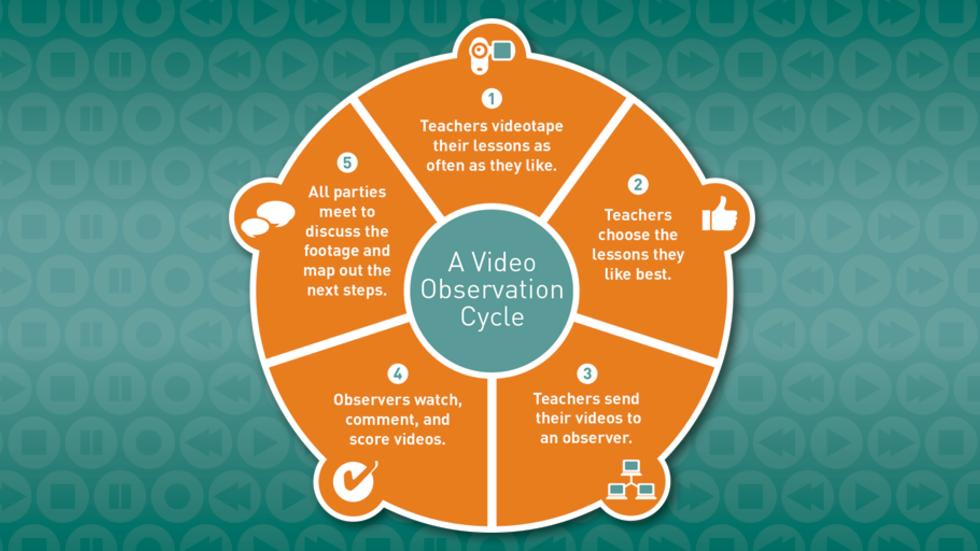Resources
Resources by Type
Resources By Focus Area
Teacher Effectiveness
- Mathematical Quality of Instruction (MQI)
- Developing Common Core Classrooms Through Rubric-Based Coaching
- Findings from a National Study on Research Use Among School and District Leaders (Technical Report No. 1)
- Teaching Higher: Educators' Perspectives on Common Core Implementation
- Effects of a Video-Based Teacher Observation Program on the De-privatization of Instruction: Evidence from a Randomized Experiment
- The Best Foot Forward Project: Substituting Teacher-Collected Video for In-Person Classroom Observations
- Best Foot Forward: Video Observation Toolkit
- Exploring Explanations for the "Weak" Relationship Between Value Added and Observation-Based Measures of Teacher Performance
- Effective teaching in elementary mathematics: Identifying classroom practices that support student achievement
- Best Foot Forward Project: Research Findings from Year 1
- 1 of 5
- »
Postsecondary Access & Success
- SDP College-Going Diagnostic for Cleveland Metropolitan School District
- SDP College-Going Diagnostic for Albuquerque Public Schools
- SDP Course-Grades Diagnostic for Denver Public Schools
- SDP College-Going Diagnostic for Massachusetts
- SDP College-Going Diagnostic for Delaware
- SDP College-Going Diagnostic for Colorado
- SDP Toolkit for Effective Data Use
- SDP Summer Melt Handbook: A Guide to Investigating and Responding to Summer Melt
- SDP College-Going Diagnostic for The School District of Philadelphia
- SDP College-Going Diagnostic for Boston Public Schools
School Improvement & Redesign
- School District Reform in Newark: Within- and Between- School Changes in Achievement Growth
- Assessing the Impact of the Newark Education Reforms
- The Track Record of Charter Schools in Massachusetts
- Let the Numbers Have Their Say: Evidence on Massachusetts' Charter Schools
- Findings from a National Study on Research Use Among School and District Leaders (Technical Report No. 1)
- DreamBox Learning Achievement Growth in the Howard County Public School System and Rocketship Education
- Achievement Network’s Investing in Innovation Expansion: Impacts on Educator Practice and Student Achievement
- Askwith Forum – Teaching Higher: Educators’ Perspectives on Common Core Implementation
- Teaching Higher: Educators' Perspectives on Common Core Implementation
- Changing the Culture of Data Use in Delaware:How State Leaders Used Analytics to Create Education Policies That Matter
- 1 of 2
- »


